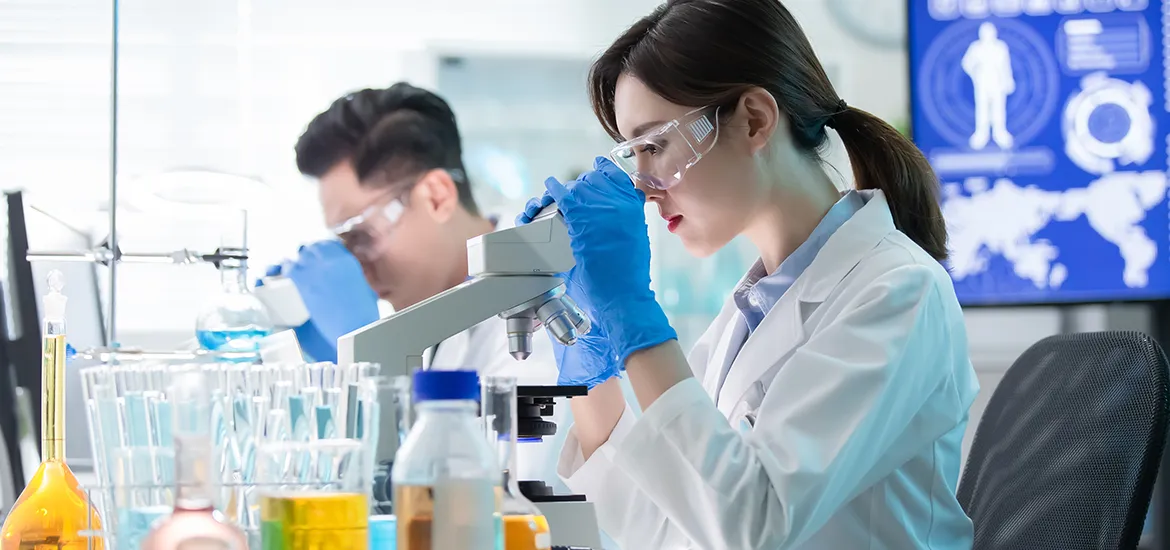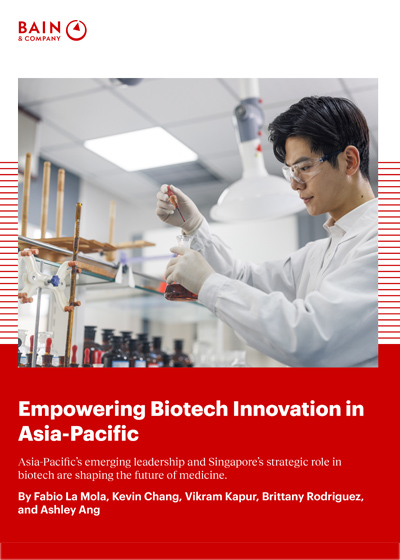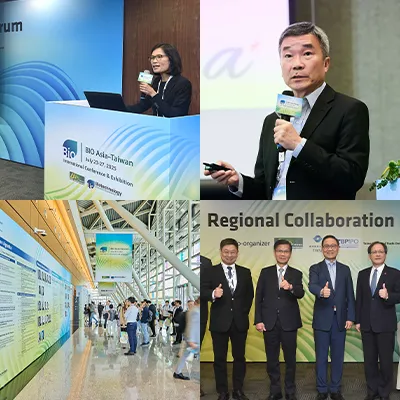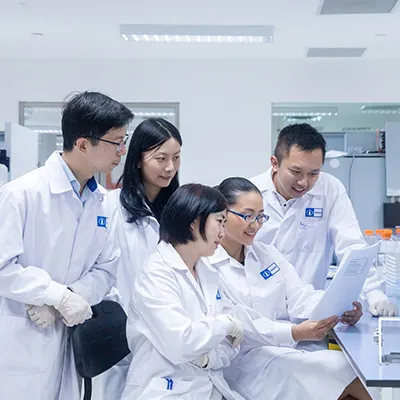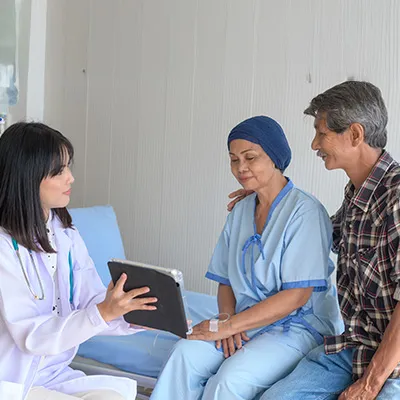The United States and Europe have traditionally anchored the global biotechnology (biotech) industry, with the combination of robust academic science, ready venture capital, and regulatory influence making them natural centres for innovation. But the Asia-Pacific (APAC) region — particularly China, Japan, South Korea, and Singapore — is also emerging as an attractive hub for upstream innovation, clinical translation, and product development.
These shifts are examined in the Empowering Biotech Innovation in APAC report — jointly developed by Bain & Company, Agency for Science, Technology and Research (A*STAR), Economic Development Board (EDB), J.P. Morgan, and SG Growth Capital. Drawing on investment trends, policy developments, and industry case studies, the report highlights how APAC and Singapore in particular — is playing an increasingly pivotal role in the next wave of biotech innovation.
A shift in biotech’s centre of gravity
Biotechs and seasoned investors are on the hunt for new growth regions amidst funding pressures in established markets. At the same time, investors are becoming more risk-averse, redirecting capital to later-stage ventures. Early-stage biotech funding in APAC declined at a compound annual rate of 11 per cent between 2019 and 2024, while late-stage deal volume grew 1.5 times over the same period. Governments across the region have stepped in to fill this gap, with sovereign funds and translational infrastructure programmes anchoring discovery-stage work.
Venture builders are also looking east. Flagship Pioneering, the US venture creation firm behind Moderna, launched a regional hub in Singapore in 2023, with the intent to undertake strategic partnerships across industry, academia and healthcare systems in the region. MPM BioImpact, the US-based life sciences investor, has also announced its APAC hub in Singapore. Both are working with A*STAR to create new ventures from Asia, signalling growing confidence in Singapore as a base for globally competitive biotech formation.
